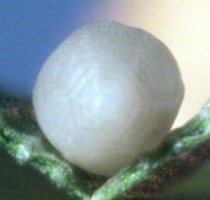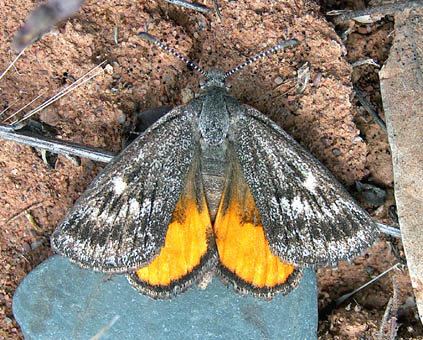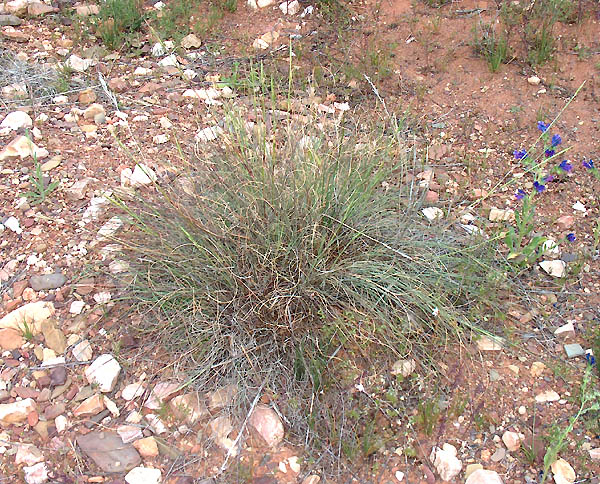Flinders Ranges Sun-moth
Synemon 'Flinders Ranges'
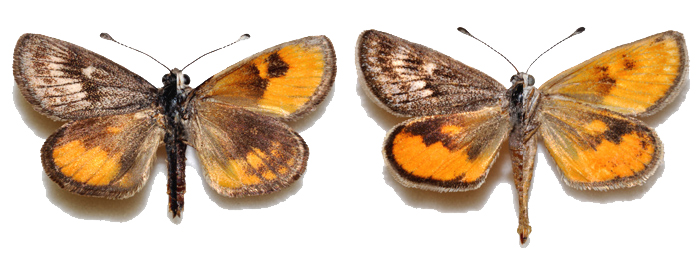
Male 38 mm from Wilpena (left), female 38 mm from Yunta (right)
Another un-studied species, belonging in the Chrysopogon/Cymbopogon (Poaceae) feeding complex of Synemon species, particularly Synemon austera and S. brontias, and may even be a form of the latter species. This complex is more commonly found in tropical and sub-tropical latitudes. It is a pretty moth, characterised by having a hindwing that is nearly all yellow-orange coloured, and is presently documented from SA in only the Frome Basin along ephemeral creeks containing its tussock host-grass Cymbopogon ambiguus (Lemon-scented or Kerosene Grass). It requires its hostplant to grow in the open and to not be congested by other plants, particularly feral weeds and grasses that tend to grow in the creeks that have a more reliable supply of water. Hence, this sun-moth does not occur in the temperate areas of SA even though its Cymbopogon hostplants may occur. It is not known what the consequences are for the early stages when there is an extended wet period in the habitat area and the creeks are flowing water.
It has a wing expanse of 30-40 mm and flies in spring during October-early November. The range of this species may be more extensive than presently recorded as the larval host Cymbopogon also occurs in the Southern Flinders and Gawler Ranges, and the Far North-west Regions, or perhaps there may even be another new species to be discovered in SA as other sun-moths are known to utilise this grass in neighbouring Australian states.
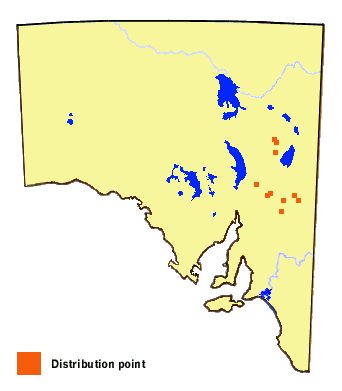
It flies during the heat of the day, but by 3:00pm starts to look for a place to hide for the night. It often uses large cracks in the creek cliffs to hide in, which would seem to be an inhospitable environment as such places also tend to contain spiders and lizards and other nasties. Males often remain inactive on the ground during the day, possibly tending their territorial areas (leks).
Females spend their time laying eggs. The eggs are laid on the stems of the hostplant near its base, which the female accesses by landing on the ground near the plant then walking in under its tussocky leaves to its base. After each egg is laid, the females rest nearby on the ground in an open wing position. They do not feed from flowers as they do not possess a functional proboscis. They carry a lot of fat in their bodies to survive on, derived from their earlier larva and pupa stages, and in museum specimens this fat tends to seep into the wings discolouring them. Newly laid eggs are about 2.3x1.0 mm, white coloured and have six longitudinal ridges. Other early stage details have yet to be documented.
It is threatened by over-grazing pastoral practices and locust spraying.
